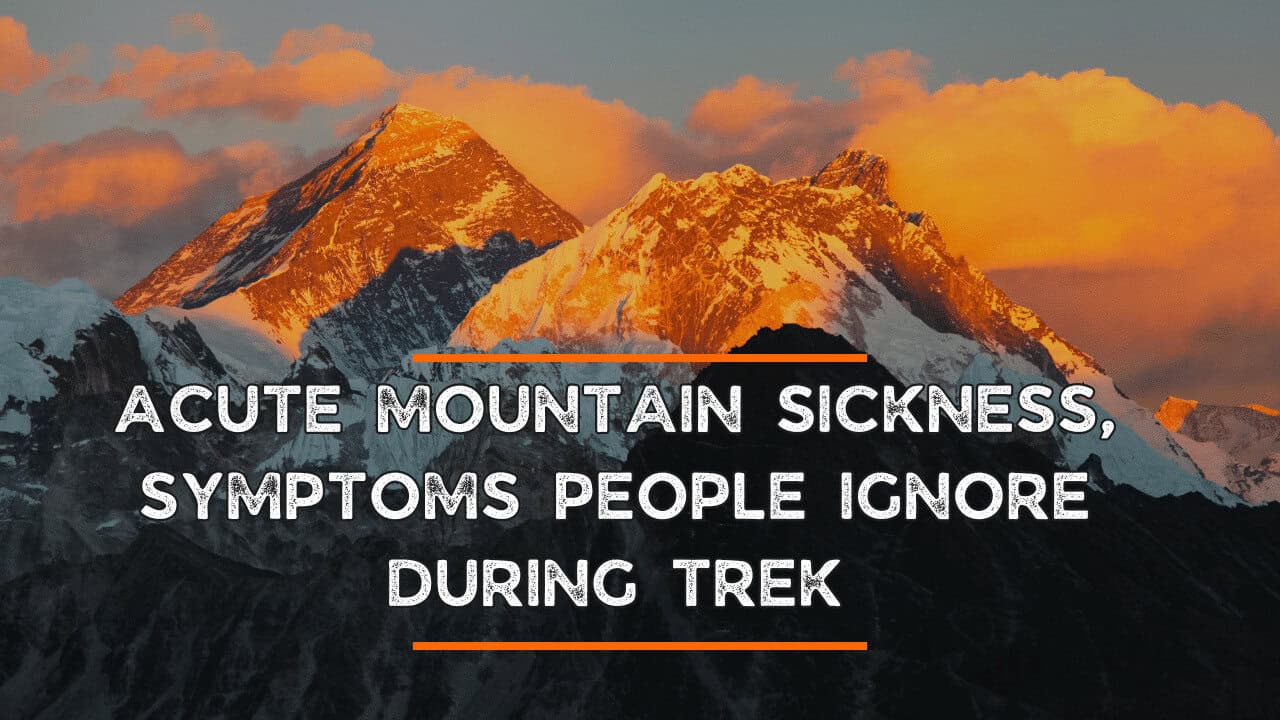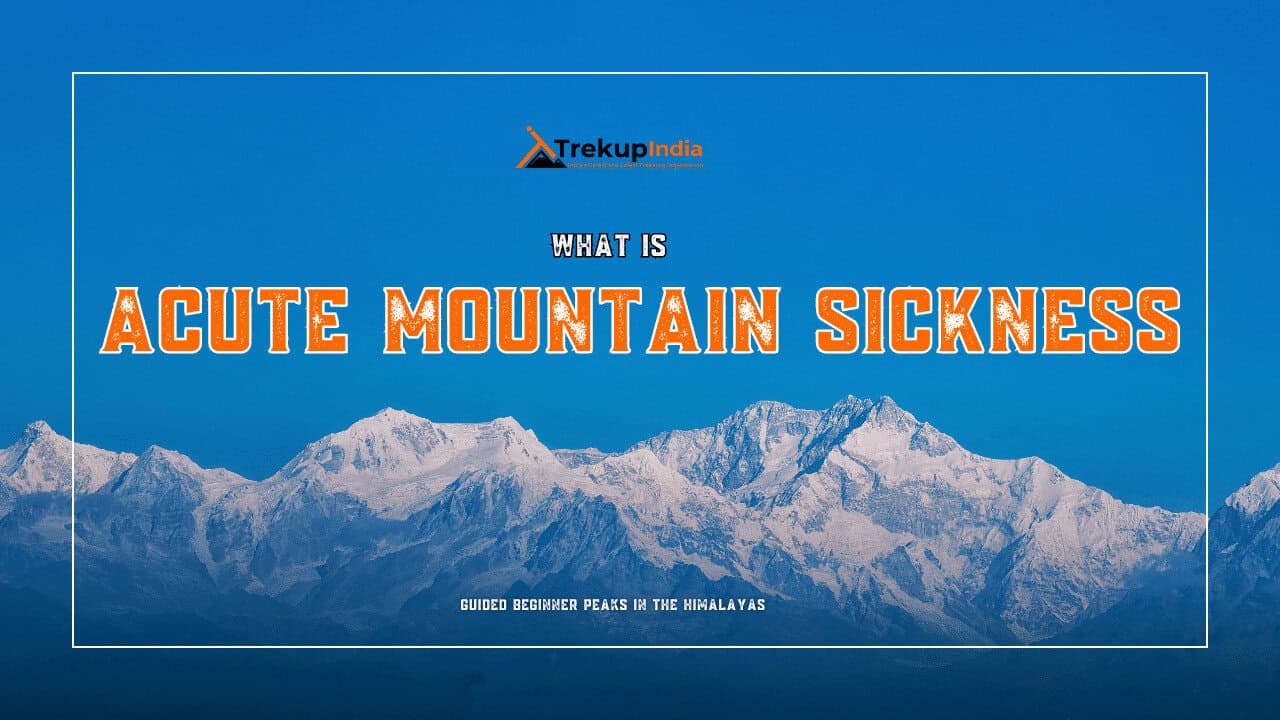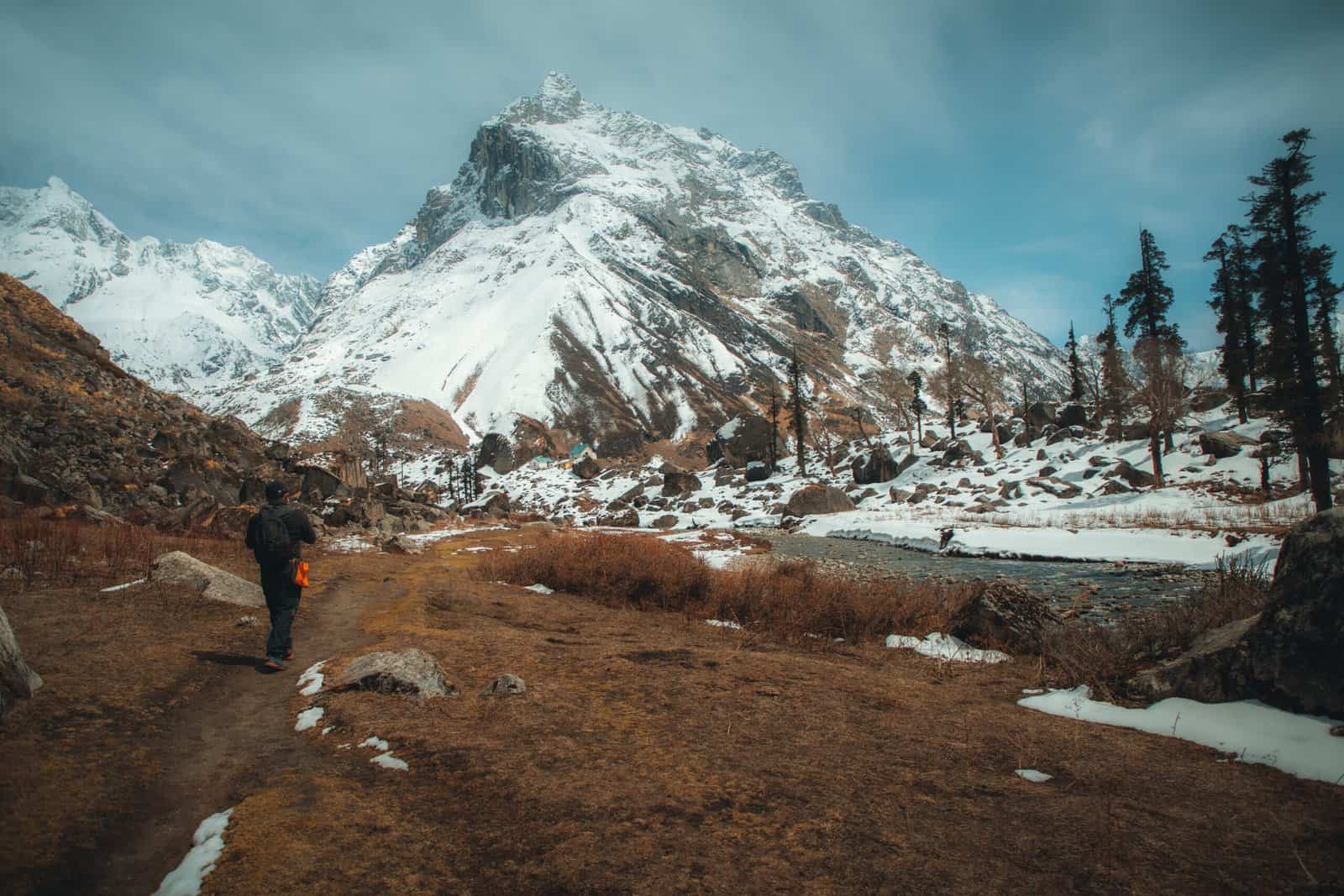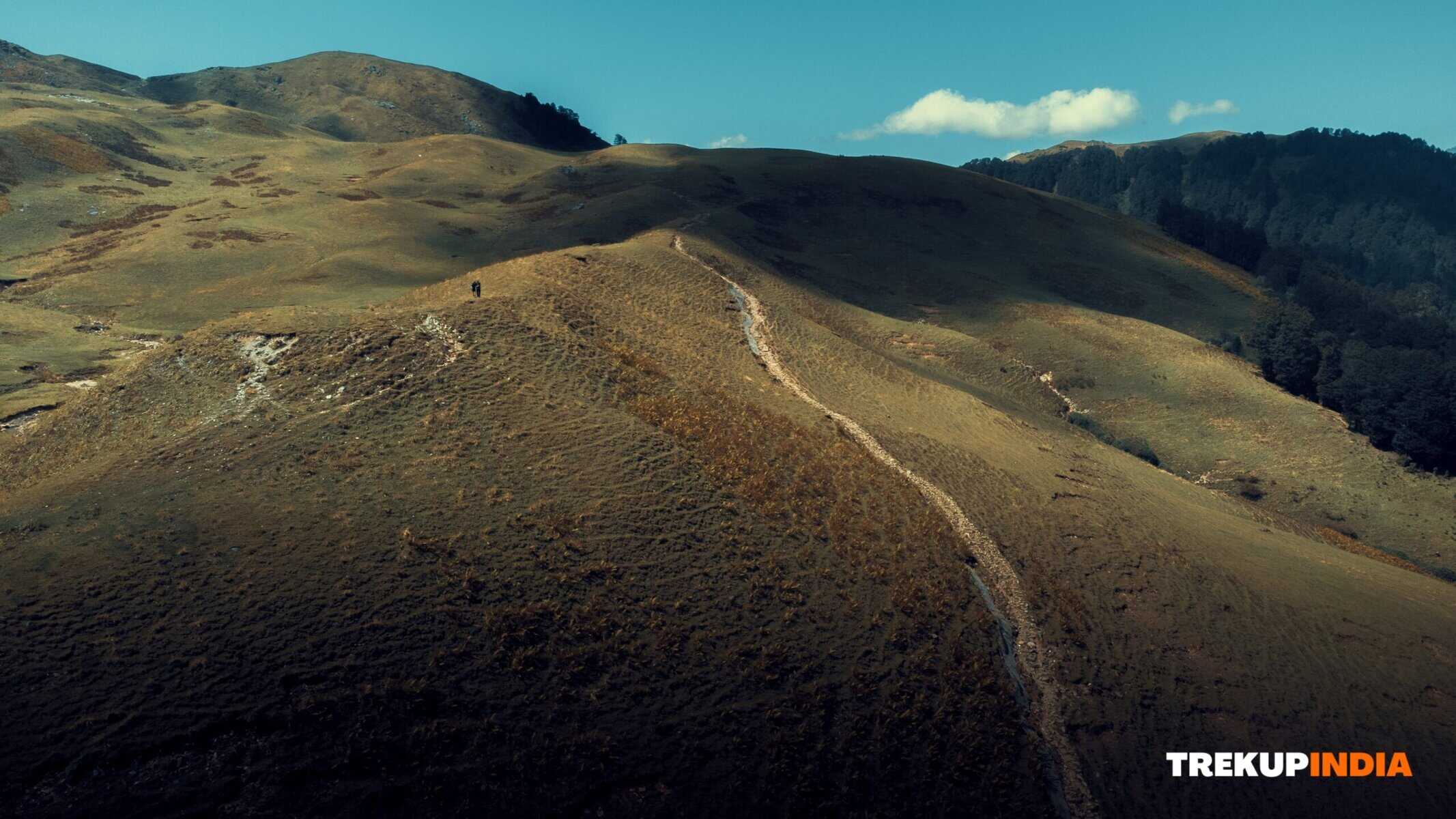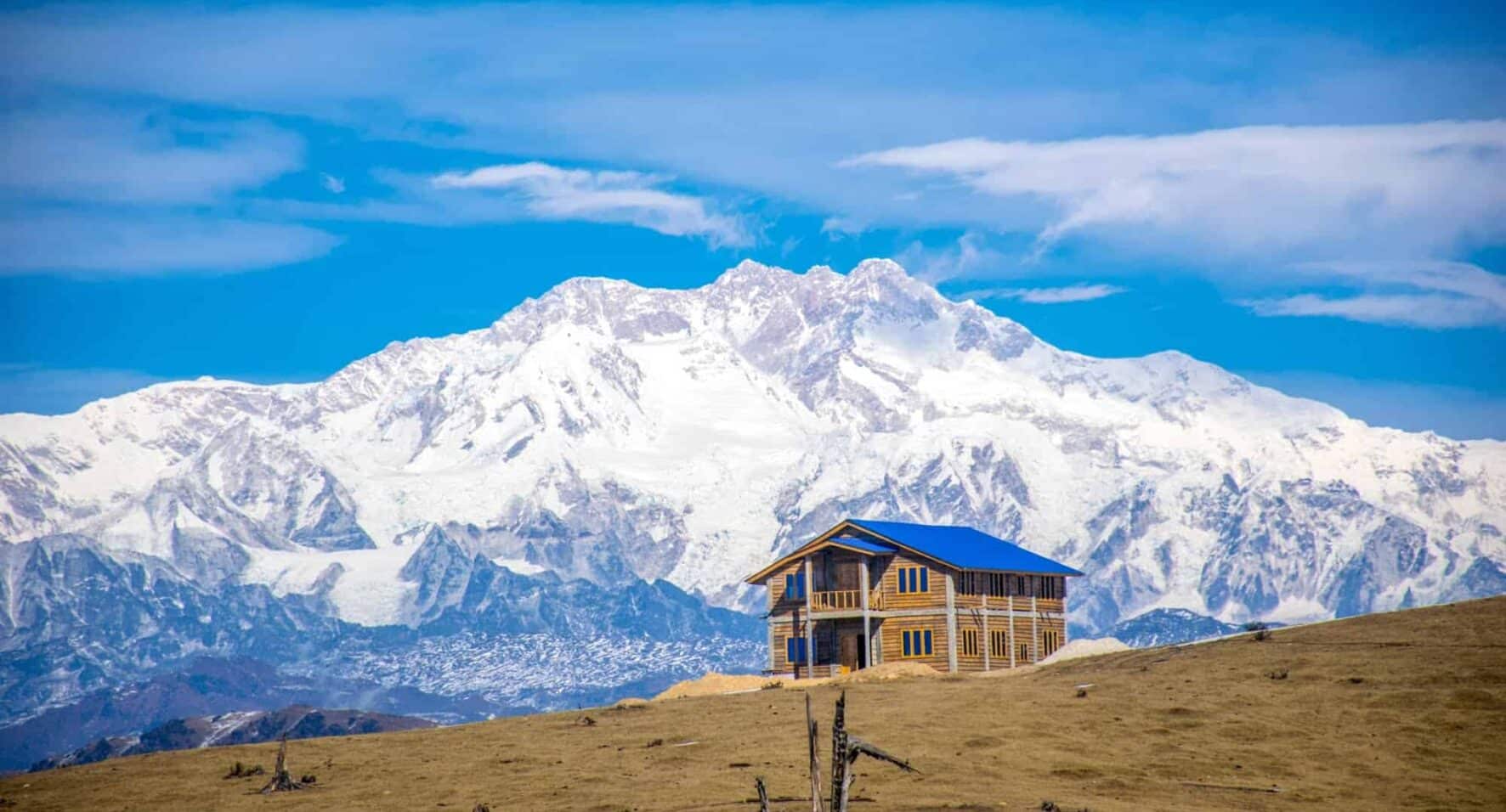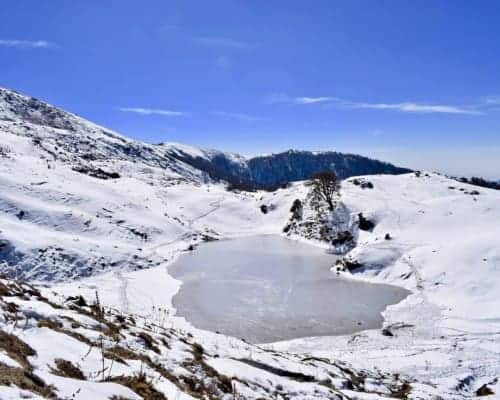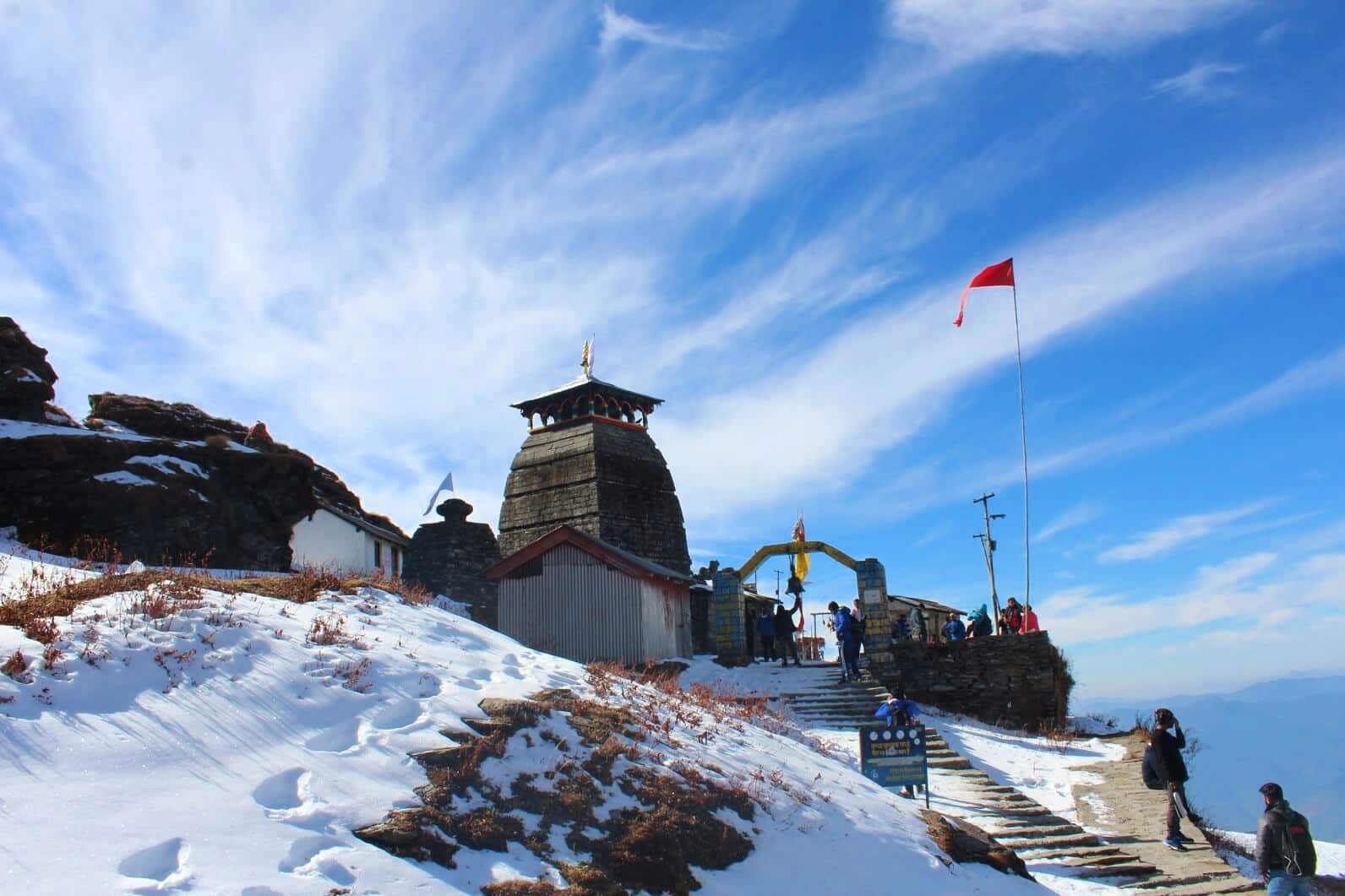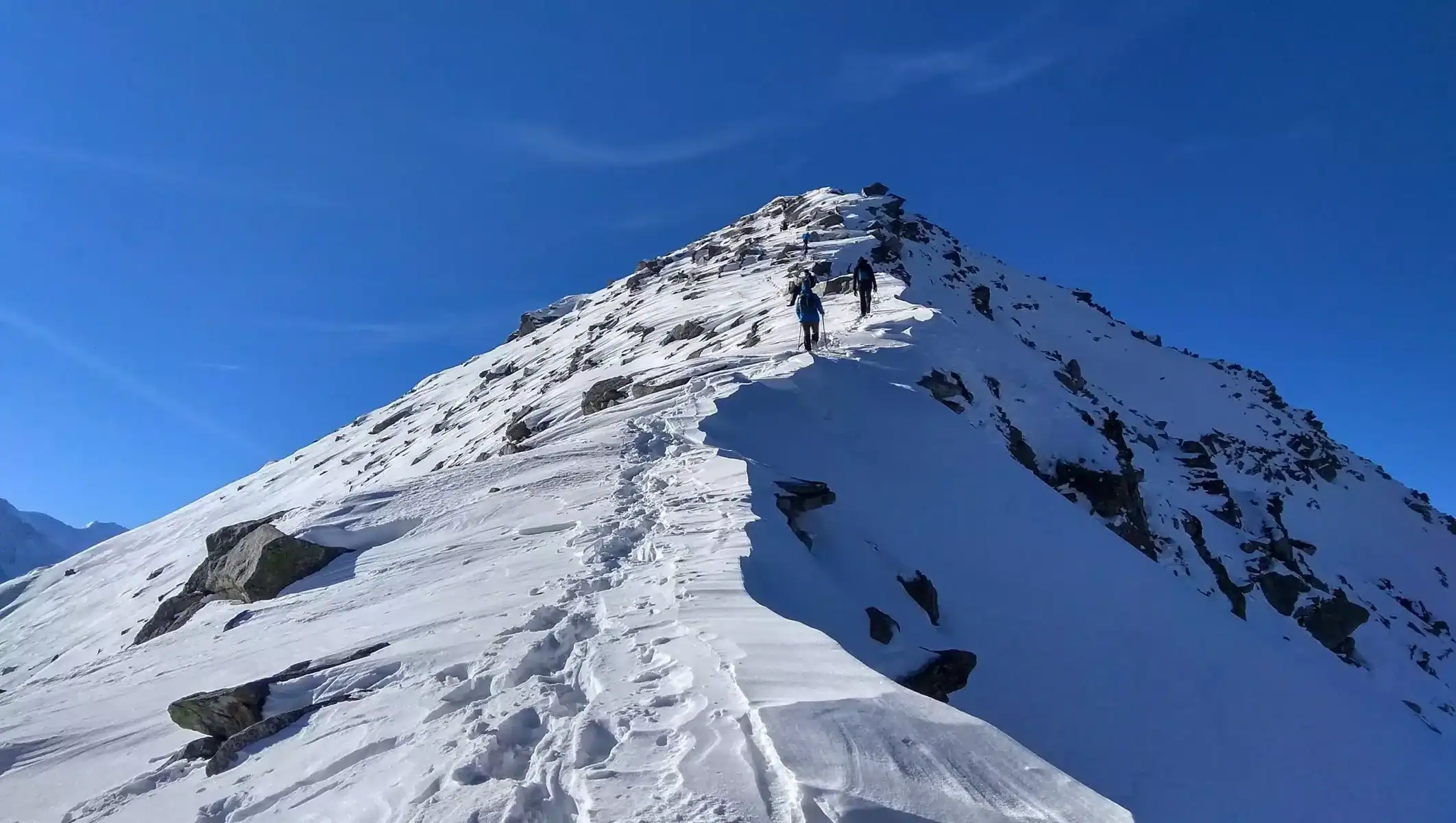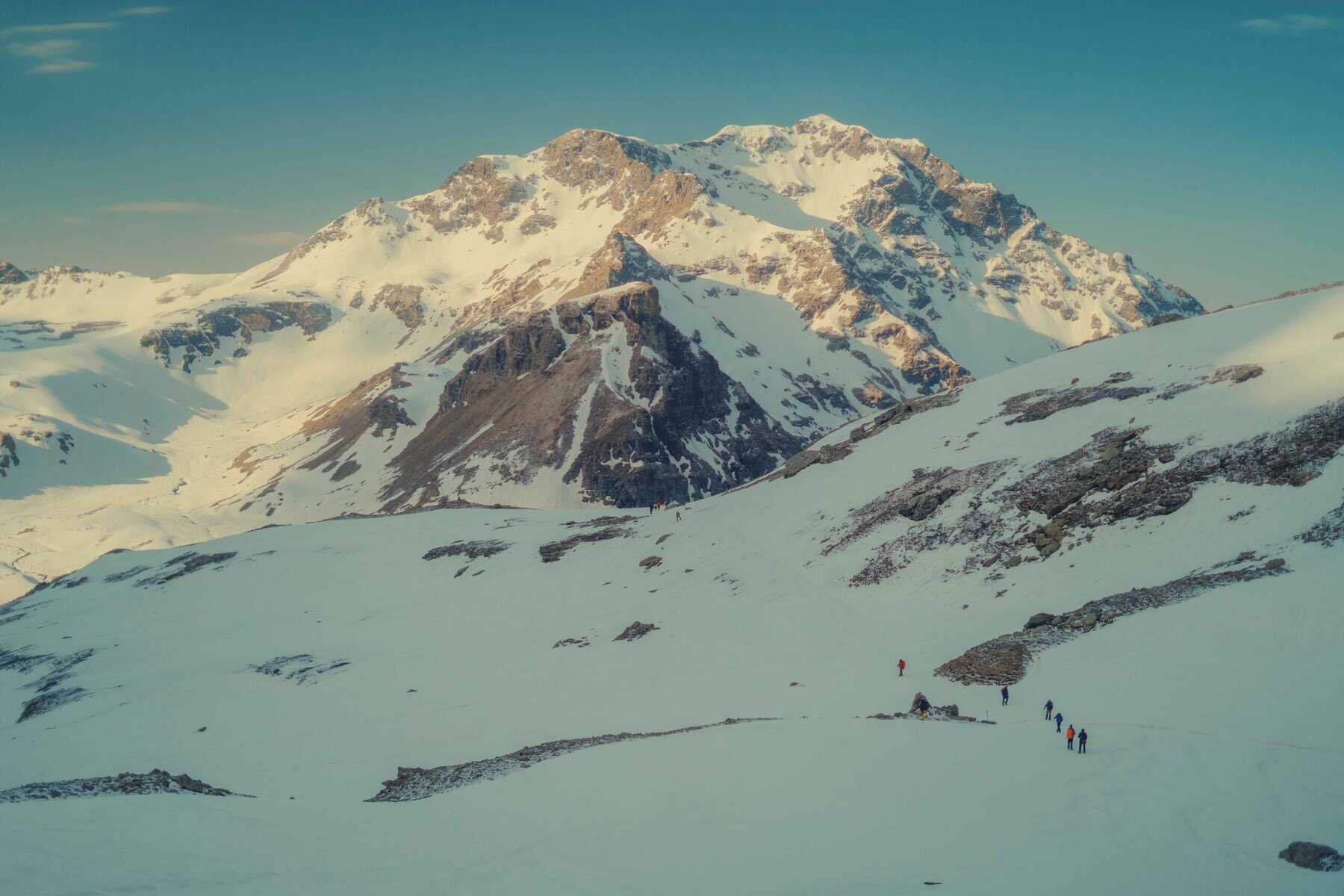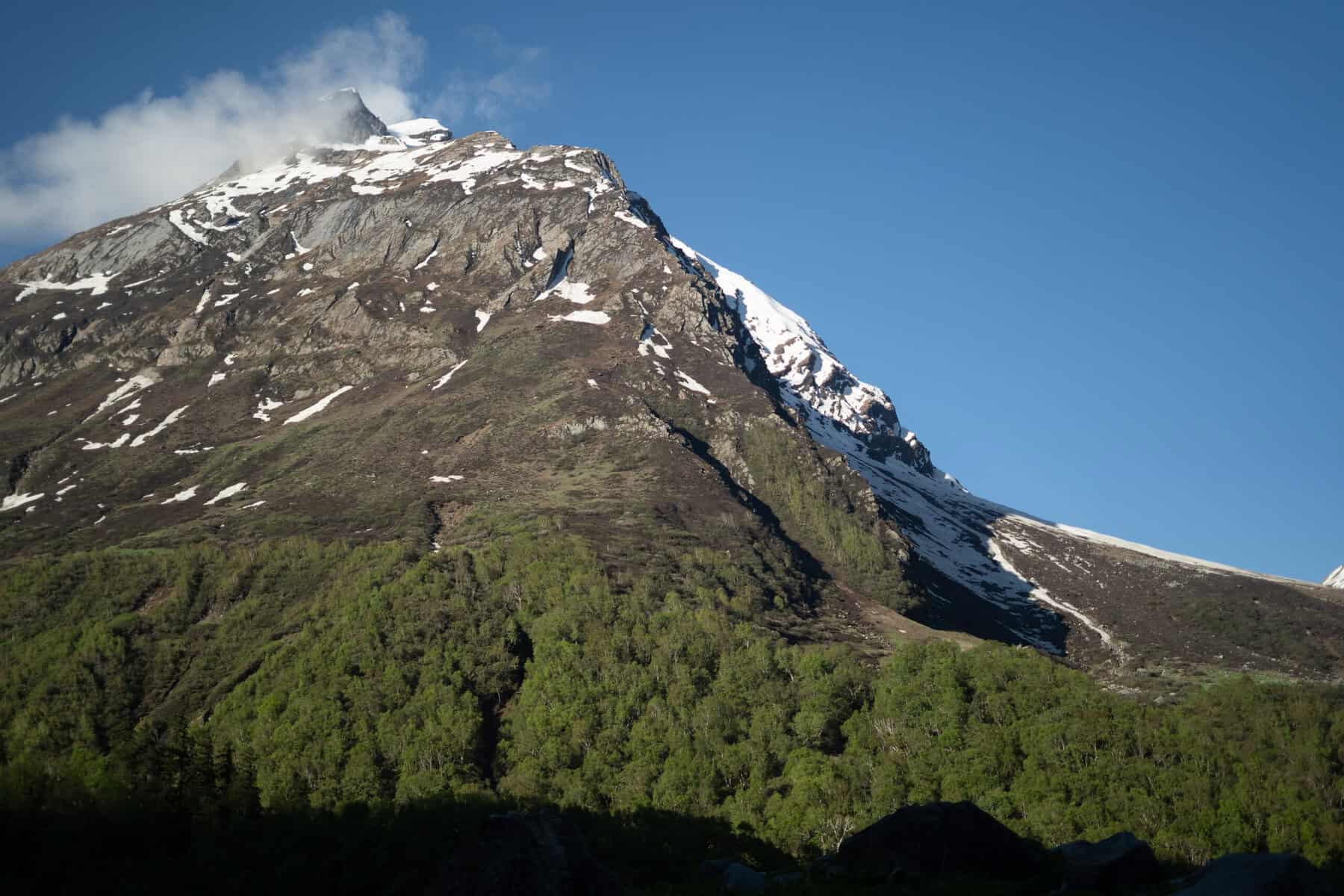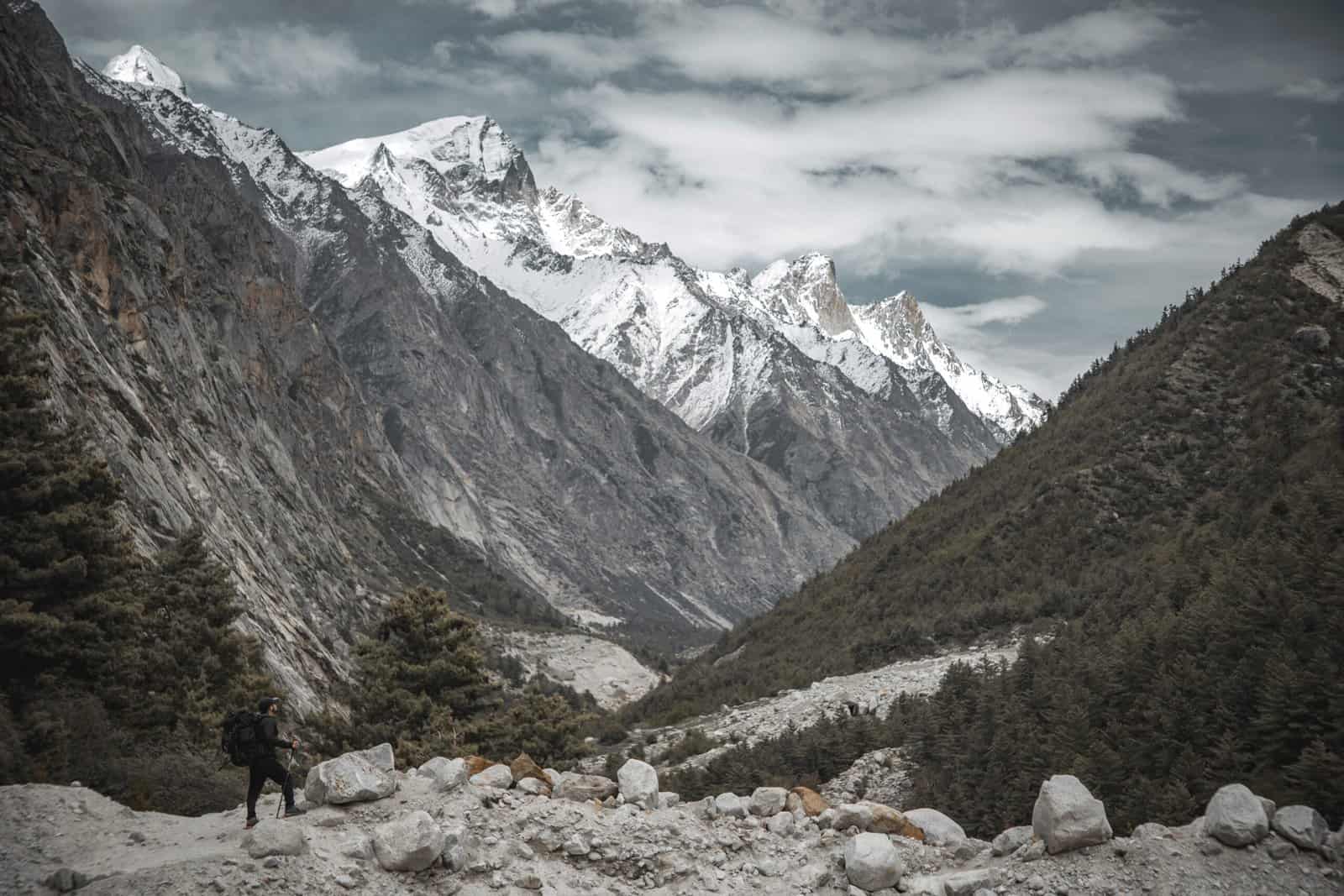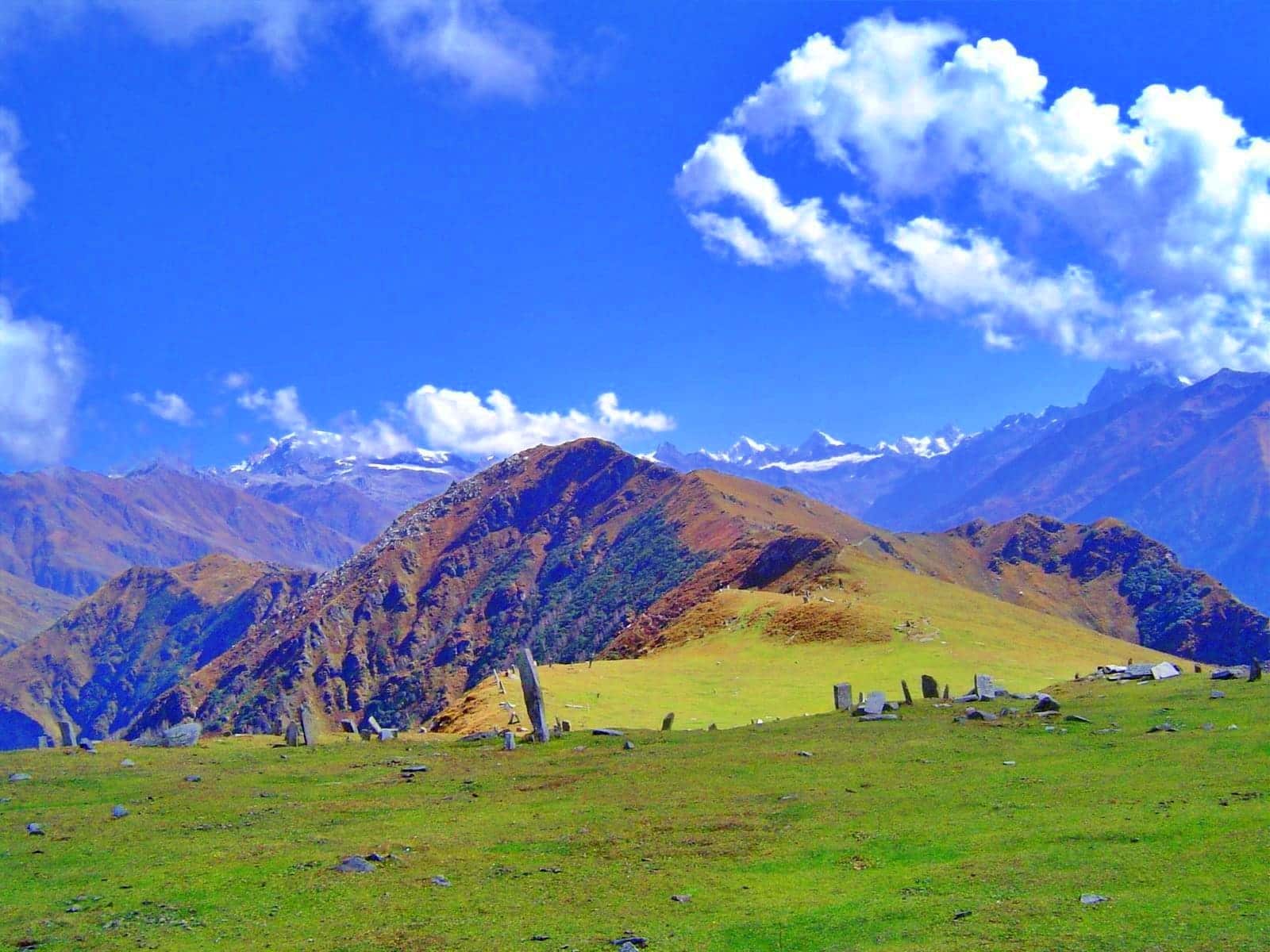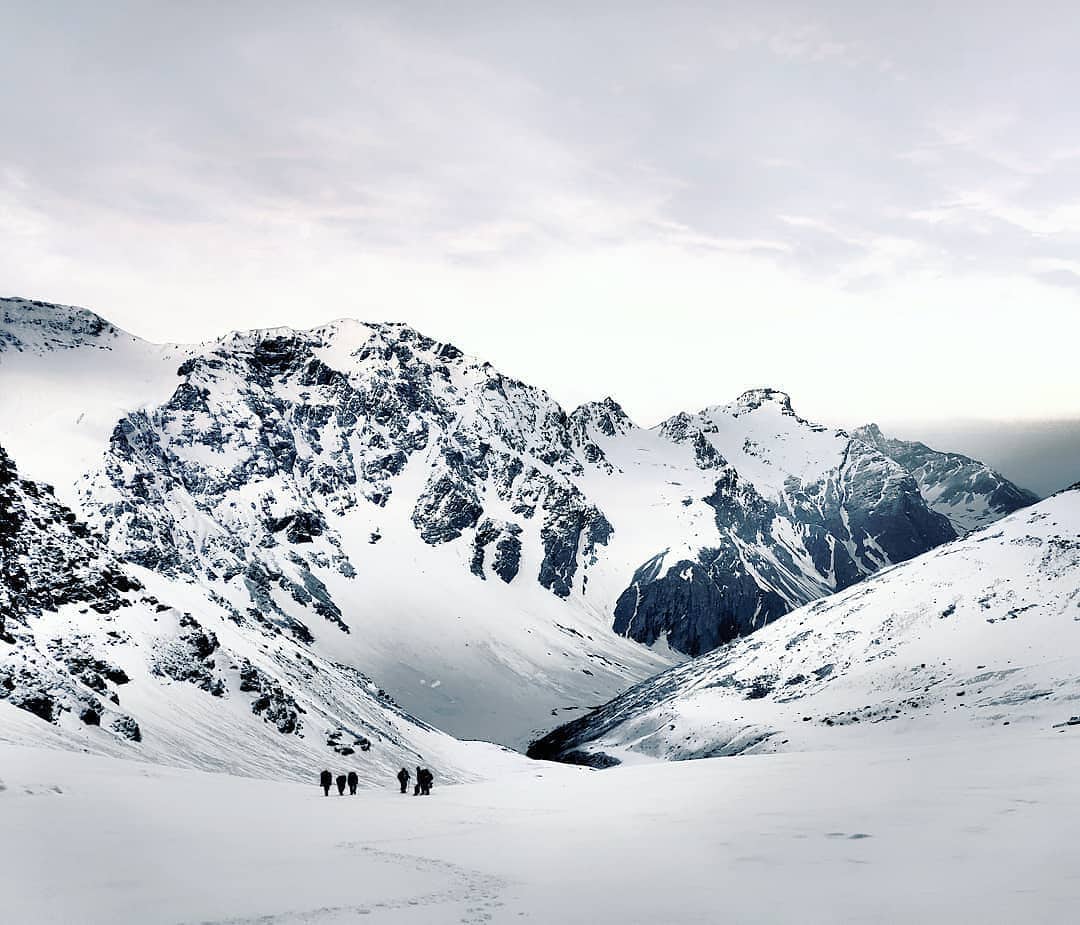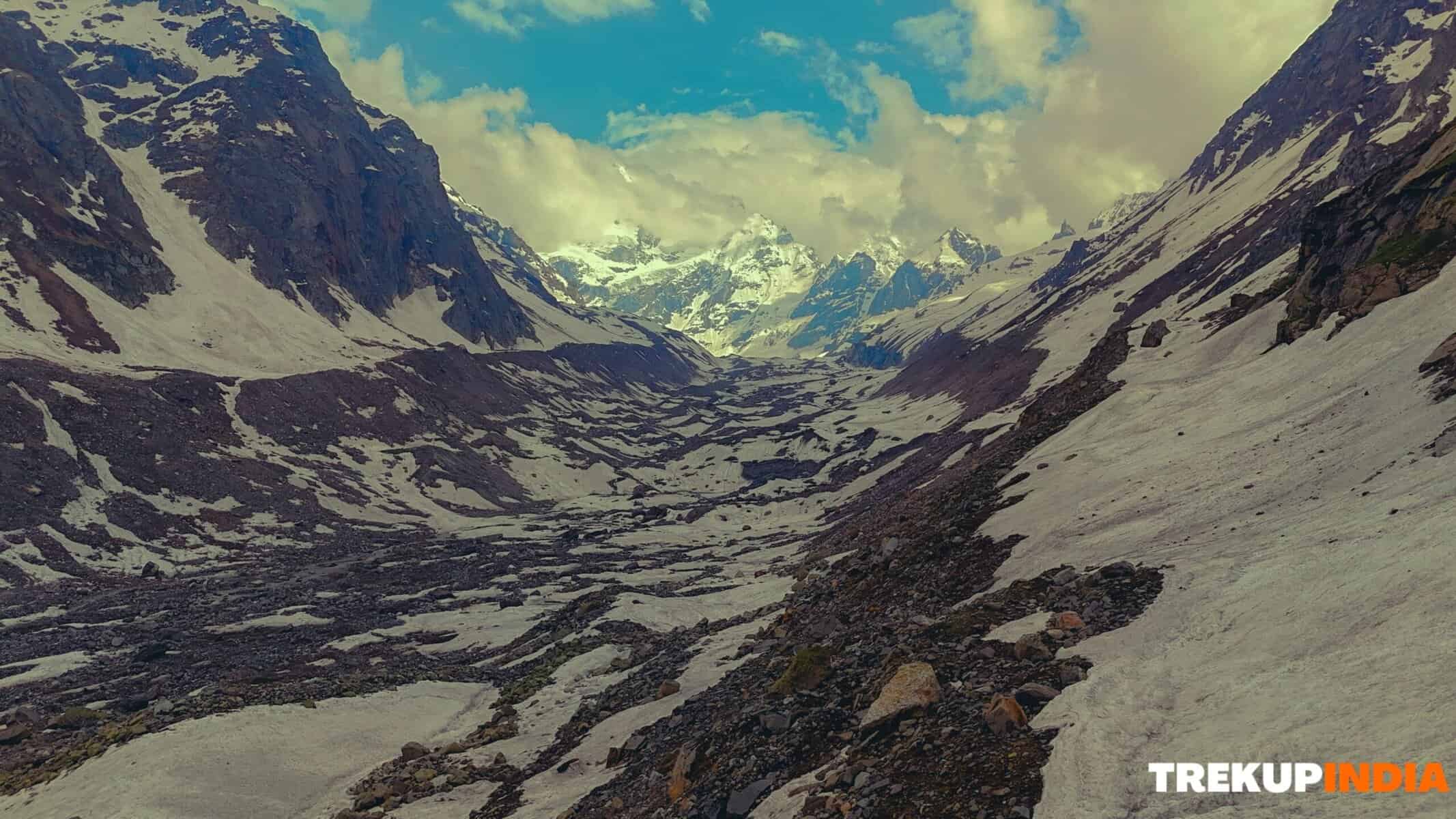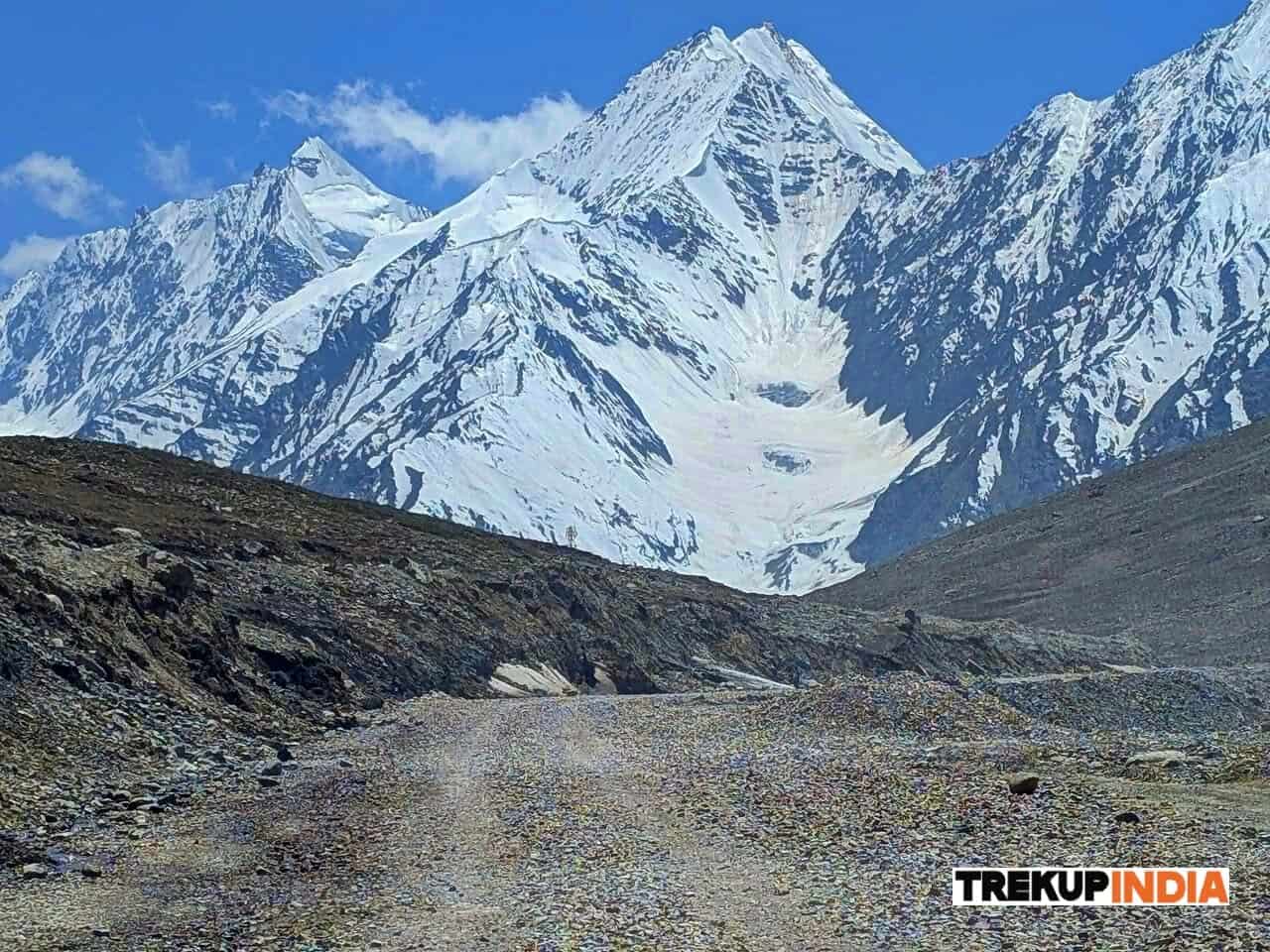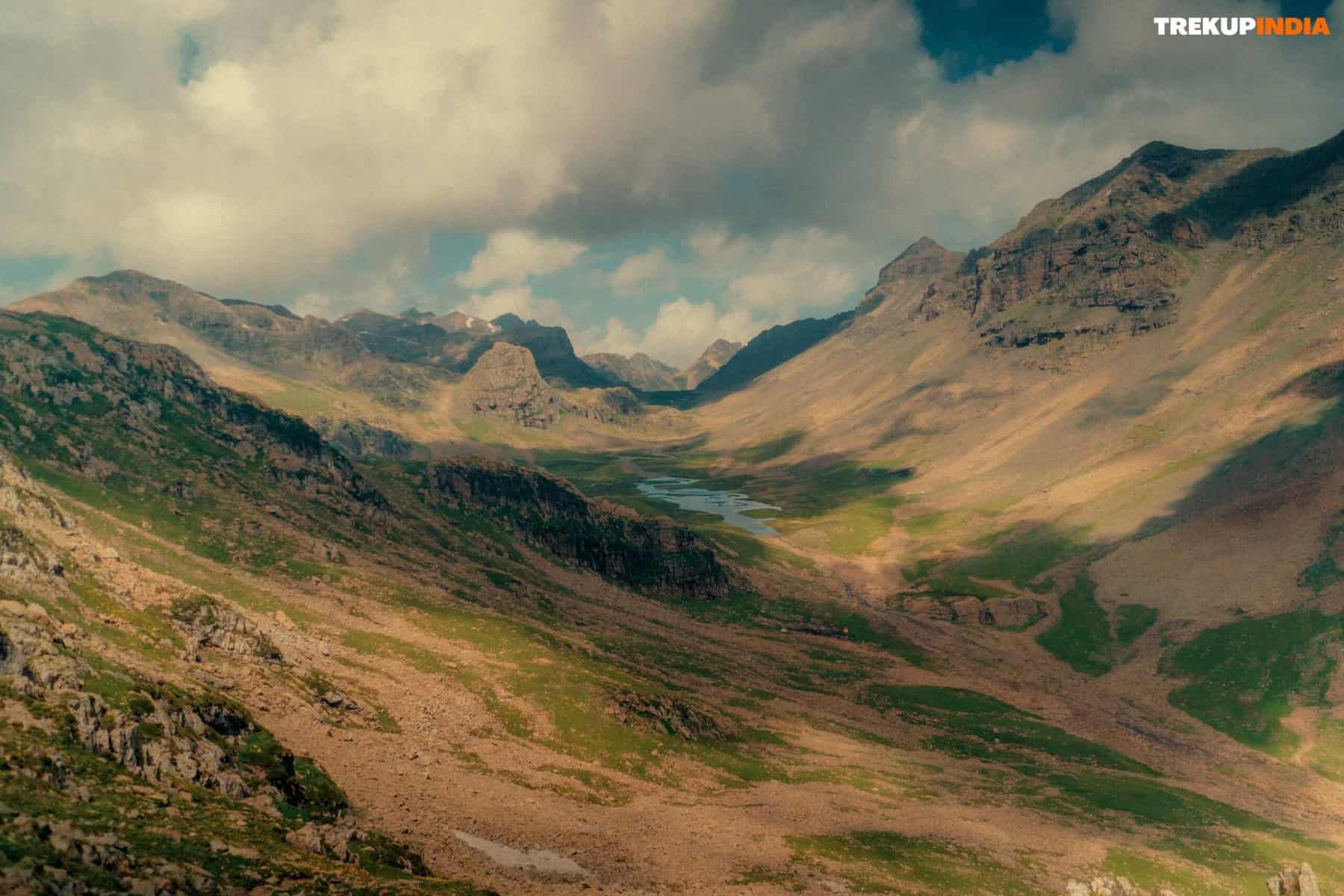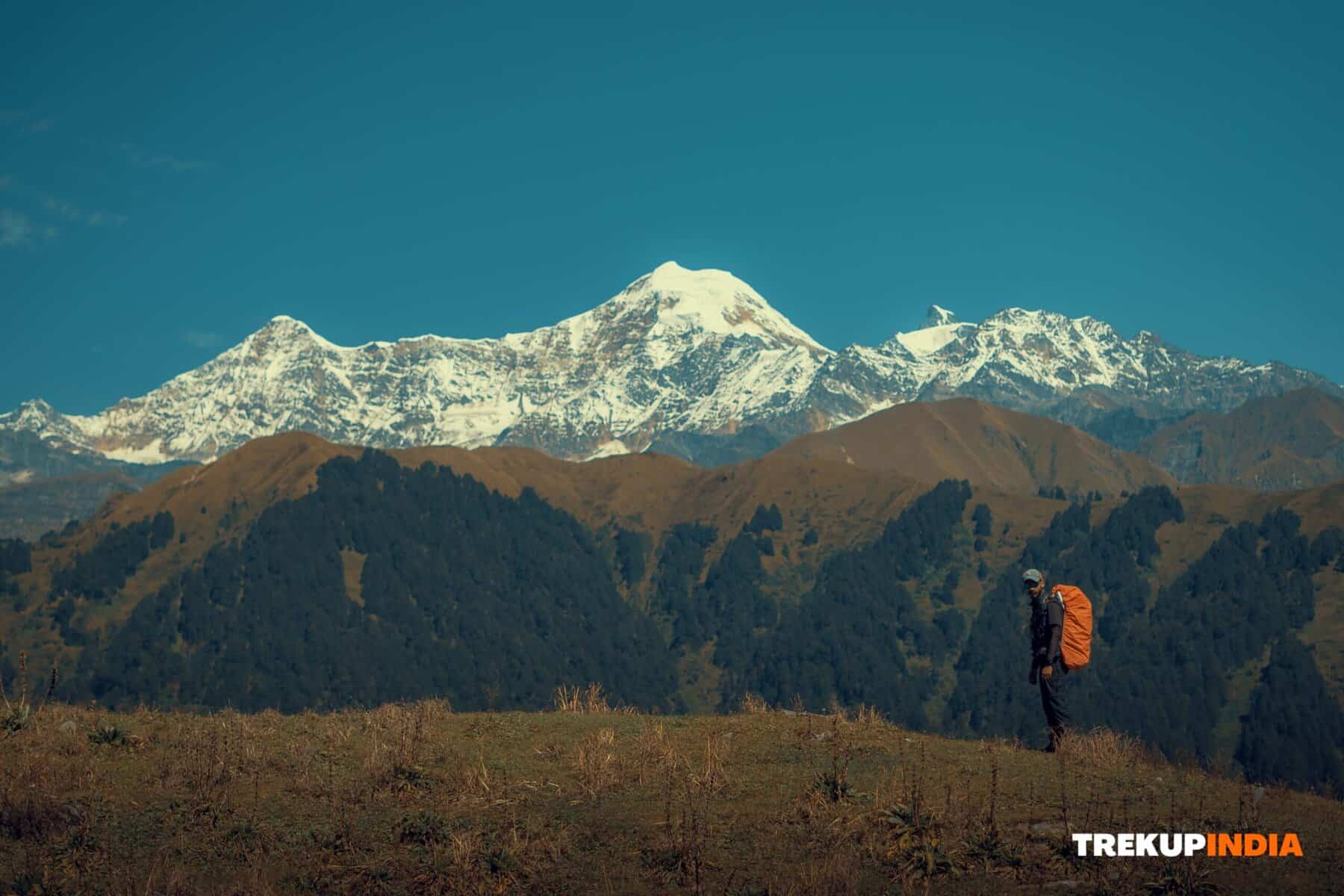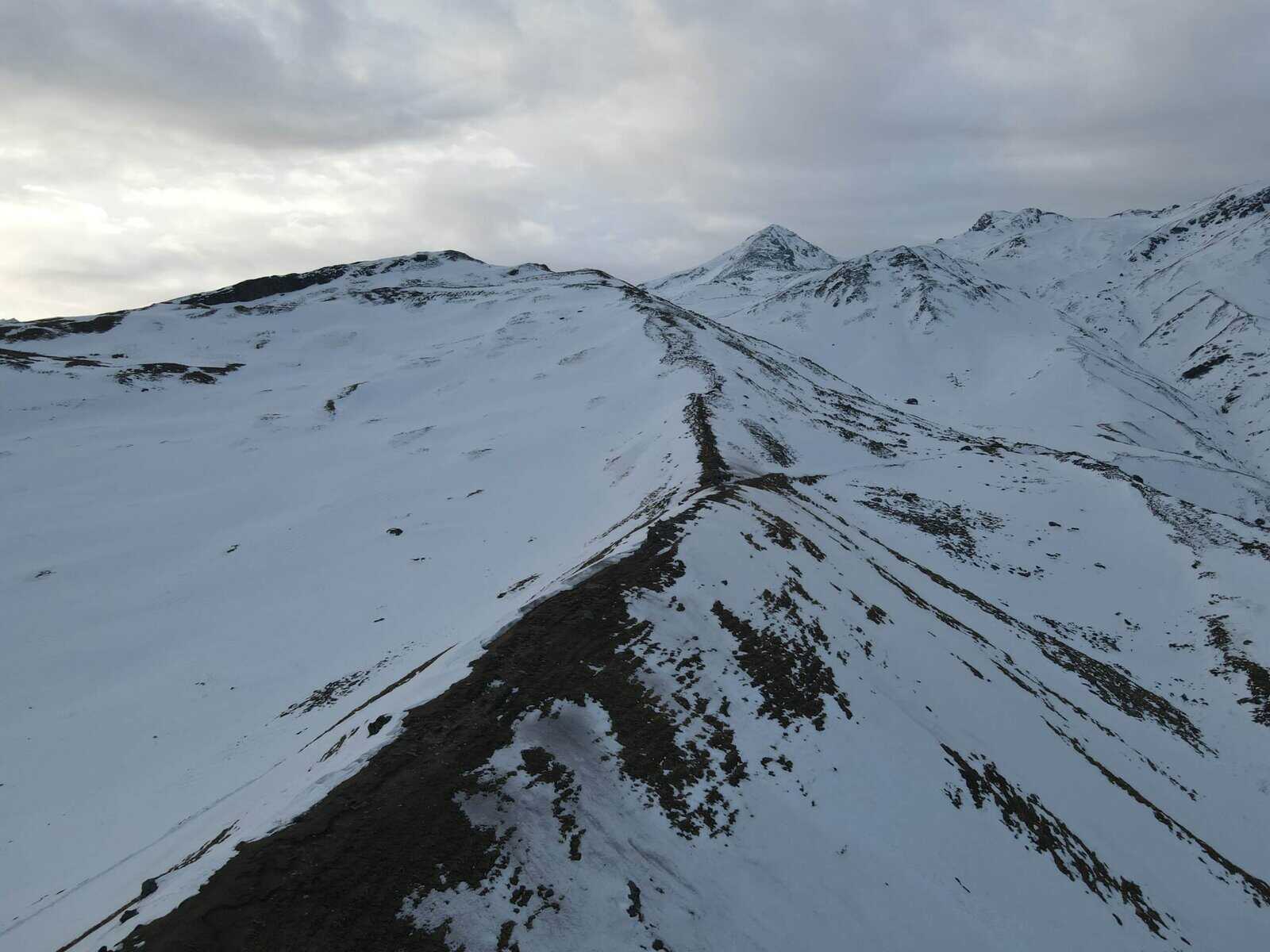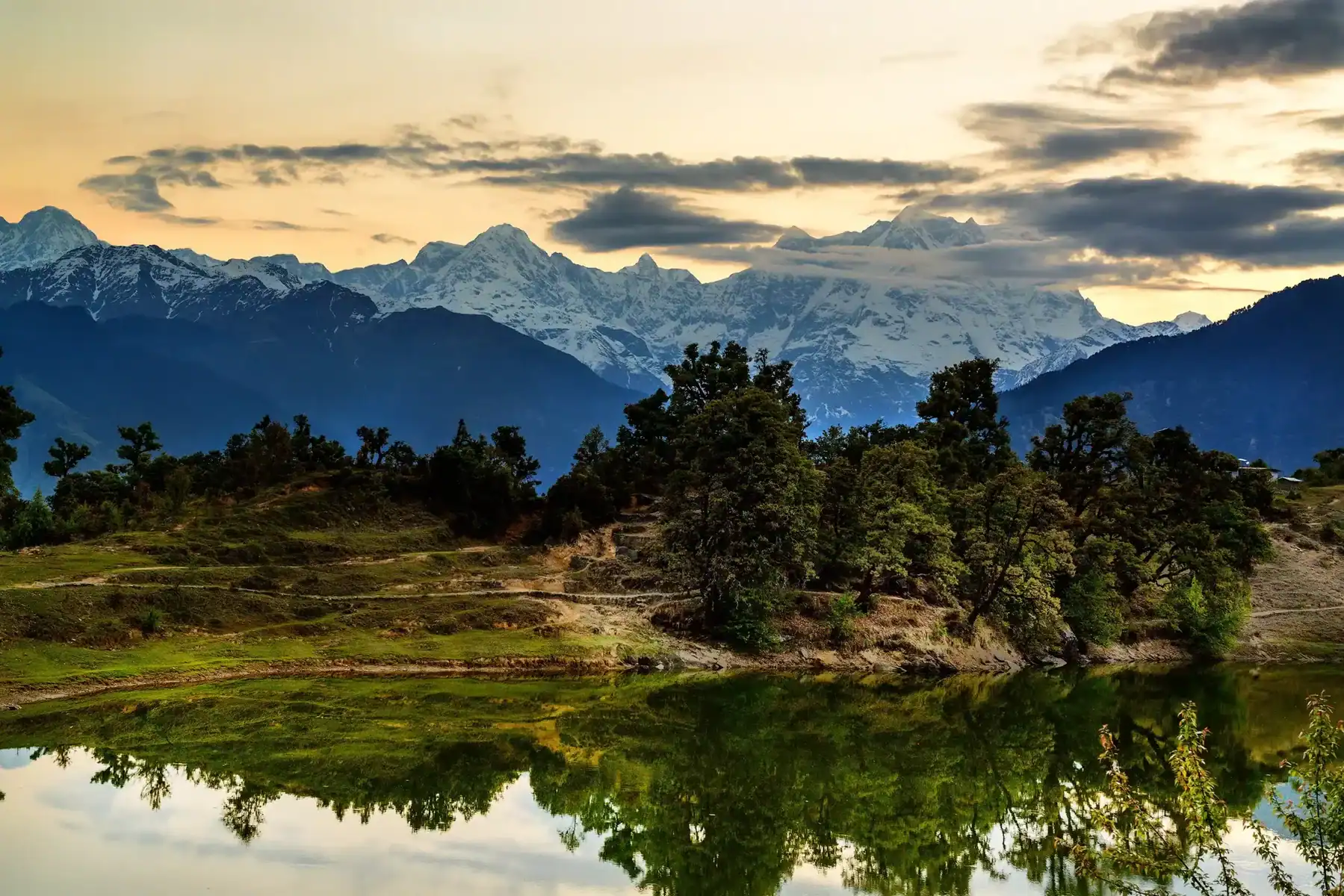Bagini Glacier Trek
Bagini Glacier Trek
| Region: | Uttarakhand |
| Duration: | 6 Days |
| Trek grade: | Difficult |
| Maximum altitude: | 1477 ft |
| Best Time to Visit: | In Summer, Early May to Mid June, In Autumn, Late September to Mid October. |
Bagini Glacier is the trek that leads travelers to an Advance camp used by mountaineering expeditions that go to high altitude peaks such as Changbang and Kalanka offers you the experience of being at Everest Base Camp without the rush and bustle of crowds and commercialization. With the increasing number of trekkers choosing to go to the camping areas in Bagini and Changbang rather than the more well-known Dharansi Pass Trek from Nanda Devi Outside Sanctuary (NDOS) area It is an logical hypothesis that Bagini Glacier trek is an attractive alternative for those who are adventurous and backpackers looking to discover and learn how to navigate the mountain ranges in the region
History about Bagini Glacier & Changabang B.C route
The Nanda Devi and Nanda Devi east(7,434 m) radiate an aura that is unmatched by any other mountain within the Indian Himalayas. It is located entirely within Indian borders, Nanda Devi is just short of being an 8000er however that hasn’t hindered its beauty nor has it been a hindrance in its respect. The first time it was climbed was in 1937 by the legendary climber and major explorer Harold William Bill Tillman better known as H.W Tilman, and the famous Noel Odell, (Noel was the only person to witness Mallory and Irvine believed to have climbed the second step of Mount Everest on 8th June 1924) Its quest for exploration dates back to the 1930s, when numerous expeditions failed repeatedly to reach even the base. The reason lies at the bottom of the summit is protected by an impenetrable mountain range. The size of this barrier is 20000 feet, the term impenetrable is just the right thing to use.
There is a Nanda Devi National Park is located at the top of Nanda Devi. The park is comprised of all of the Nanda Devi Sanctuary, a glacial basin that is surrounded by an arc of peaks that range between 6000 m (19,700 feet) and 7,500 metres (24,600 feet) high. It is that is drained by Rishi Ganga, through the Rishi Ganga Gorge, a steep, nearly impassable defile. The entire park is located at an altitude that is more than 3,500 metres (11,500 feet) above sea level.Some of the mountains in this sanctuary include Dunagiri, Kalanka, Changabang, Rishi pahar, Nanda khat, Nanda Ghunti, Panwali Dwar, Trishul etc. After numerous unsuccessful expeditions and intense expeditions, British expeditions led by Eric Shipton and Tillman discovered a way within the sanctuary that traversed The Rishi Gorge. The Nanda Devi main (7786m) is located in a wall of peaks. There are walls within, as well as one outer wall. Bagini glacier is located just to the north of this outer wall. Bagini glacier hike is short hike that can be accomplished within 5-6 days. The trek begins from Jumma tiny village situated along the Joshimath Malari highway which is about 40 km. From Jumma it’s a 2-3 hour hike that is easy to Ruing. From Ruing it’s a gradual climb to a spot called Chaza that is devoid of any vegetation. Following that it is a long hike across a landslide area towards an Alpine town of Dunagiri. From Dunagiri it’s an two-day hike up that leads to Bagini glacier as well as Changabang the base camp.
- Imagine walking through the middle of a Himalayan field while the breeze is with the intoxicating scent of a variety of rare alpine blooms that are difficult to imagine.
- Bagini Glacier trek traces a remarkable and refreshing hike through the highlands that takes you through many of the interesting garhwali villages. It also takes you through the glade-like lower lawns of Bagini and Changbang camping areas that are fully blooming with stunning purple and yellow wildflowers.
- It’s not only the pure nature beauty that draws tourists here, but also the proximity to some beautiful snow-capped Himalayan mountains such as Kalanka, Changbang and Dronagiri that takes over the entire landscape
Bagini Glacier Trek Detailed Trail Information
Day One: Jumma up to Ruing Village (2800m)
The trek begins from the village of no description called Jumma that is about just an hour away from Joshimath.Trek Ration and kerosene are able to be purchased from Joshimath in the future, but as you progress things become more expensive per meter. The journey to Joshimath towards Jumma is a bit bumpy, and some smooth. Tapovan, Reni, Lata, Suraithota, Phagti are numerous villages that are located along the route. Between Suraithota as well as Jumma this road runs at similarity to Suraithota and the Dhauliganga river, making it an excellent spot to observe in the autumn months, but can be a nightmare in the monsoon season, which is a brutal time of year. If you are looking to pile kerosene Suraithota is a great option.
Jumma is situated near the Tibetan border, so in the afternoon there is a strong breeze that will sweep over you from the moment you exit your vehicle. The trail begins with a suspension bridge made of steel across the Dhauliganga and then the ascent to Ruing starts. The path to Ruing is moderately rough through the forests. It is about 3kms between Jumma towards Ruing and will take less than 2 hours. If you decide to stay in Ruing isn’t an easy task and you may want to stay in the panchayat Ghar. If the village elders allow the trekkers to stay at the ghar in the evening, an alternative is to walk further than 3 kilometers from Ruing and eventually reach a tiny grassland before ascending Dronagiri . The location has two distinct advantages. One is that you are nearer than Dronagiri and it will be easy to tackle the difficult climb up the landslide. Second, this location is close to a stream, making it a great natural spot to camp.
Day 2:Ruing(2800m) to Dronagiri Village (3610m)
a well-maintained trail that runs through the forest, sometimes wandering up and down. There isn’t a chance for getting lost here. It’s a single-track trail with no or minimal deviations. From a distance of about 3.5mtrs away from the Campsite You reach the start of the zone that is known as the landslide. There are two distinct trails: one on the upperside , and one that runs downwards. Don’t take the lower one, as it’s the remnants of a trail that was once the main road towards the town. It was destroyed years ago by huge glaciers of the Nandikund region. This led to the construction like the size of a mini Canyon that will require the assistance of a porter or guide to navigate if you’re not certain of your footed.The path is filthy, steeply inclined to an angle of 60 deg up to 70o horizontal, and brimming with tiny streams, mud slides running through your path, as you trek slowly and steadily until you reach the highest point. Once you’ve reached the top the pavement is paved in awe to bring you to the village. The scenery is straight from the Swiss Alpine landscape. The horizon is lined with the snow-covered mountains that make up Hathi Parvat, Ghori Parvat. If it’s summertime, flowers are in full bloom. At first, you’ll forget that it’s not a trek but a stroll through the Swiss alps. However, reality comes to the forefront rapidly as you discover the decaying homes of Dronagiri The majority of them empty, and the ones that are will appear an old-fashioned style. There aren’t any shops in the town The nearest market is located in Suraithota about 20km away. There is a small shop in Ruing but it’s minimal.
The camping possibilities in Dronagiri are only two options. One is in the outskirts of the village and one located in the GMVN which is in the process of being completed. Costs for staying in the GMVN can range from cheap to a hefty price depending on the way the guide and you bargain to the Chowkidar. If you’re not from you, you will have to shell out a substantial amount. In the autumn of this year, it was 1500 for a room for two trekkers coming from England. Two surprising infiltrations of Technology are the existence of a satellite phones in the village, which is priced approximately Rs. 2 per minute for calls to a local number within Uttarakhand. Be prepared to face disappointment. Mobile phones with satellites in these regions are susceptible to failure or cease to function altogether and are subject to the dictates of the local phone operator Another example is solar lighting The village is lined with solar tubelights as well as solar street lights. A temple dedicated to the Bhumial God located in the top of the village that is revered and worshiped by the people living there. The village is the place where the first view are of Dunagiri mountain can be seen.
Day 3 Dronagiri Village (3610m) to Bagini B.C (4484 m) via Longatulli (3800m)
After departing from Dronagiri we follow a winding route that leads to a ridge high up which the first glimpses of Rishi peak can be seen. Bagini Nala too is the one of the first views to be seen from here. After about 30 minutes, when we left the village , we arrived at a concrete bridge that spans that Bagini Nala. Don’t take the path on the left, because it takes you to the Kanari Khal before heading toward Garpak village. After crossing the bridge, the trail takes an upward curve. The area is totally devoid of vegetation. There are boulders and boulders that fill the landscape. There is a small patch of green along a stream that is reached after an hour and 15 minutes away from the bridge. It is a great camping spot. Another hour later, until we are at the campsite of Longatulli that is an excellent campsite. those who have not yet accepted can camp at this site for the duration of the day. The road to Longatulli climbs. It’s not very steep, however it continues to climb with boulders along the route. In about 2-3 hours of walking, you arrive at an uninvolved plateau that is known as the Bagini Lower Base Camp(12360 feet). The peaks that can be seen from this point include Rishi pahar, Satminal, Hardeul and more. Bagini Upper Base Camp is also located around 4km from here. From Bagini Upper Base Camp, at 30 to 45 minutes, there is a more suitable camping area known as Bagini Advanced Base camp(15530 ft).The route is similar throughout, ascends moderately in most spots, but only a few spots are steep. It is recommended to cross the stream, nala/garud gad/garud in the morning, since as the day progresses, also the volume of water. The nala can be crossed in the afternoon isn’t recommended. The path isn’t designated especially for the beginner trekker , but a close look will give you the view of cairns tiny pebbles that are placed on top of each other, so that you are able to identify the trail. It is possible to camp at one of these locations to stay the night.
Day 4: Bagini base camp(4484) to Changabang base & back to Bagini B.C
It is important to get up early to see the dawn from Changabang Base Camp, located about 3-4 kms away from Bagini Advanced Base Camp. Put your backpack in the base camp and only carry the essential items. Then, from Bagini Advanced Base camp the route to Changabang base camp is again a climb. The road is brimming with moraine You will also see numerous crevasses along the bagsini glacier.Changabang base camp has a massive amphitheatre. The peaks which are visible from here are Hathi(6507m), Ghori,Satminal(6911m), Dunagiri east(7066m),Garur peak, Trishuli(7057m), hardeul(7323m), Rishi(6099m), Kalanka(6931m), Changabang(7174m). We continue the same route towards Dronagiri Village where we camp to sleep for the night.
Day 5: Bagini B.C to Ruing
We will return to Ruing on the same route. Use a jeep of Jumma up to Joshimath and continue to Haridwar.
Day 6 Ruing to Jumma via trek, jeep ride to Jumma to Joshimath
Dates For Upcoming Treks
Want To Trek Like Pro?
Basically, watch these videos if you want to trek the same way professional trekkers do and make your skills better. These videos contain useful tips and techniques to further improve your trekking skills itself. These videos actually help both new and experienced trekkers improve their trekking skills. These videos definitely provide useful tips that make your trek better. We are seeing that these videos by Trekup India experts will only help you make your trekking skills better.







Know Everything About Acute Mountain Sickness
Acute Mountain Sickness occurs when people trek to high altitudes above 8,000 feet. This condition itself develops further due to reduced oxygen levels at such heights. Basically, as you go higher up, the air pressure and oxygen levels decrease, which causes the same problem. Acute Mountain Sickness surely causes headache, nausea, vomiting, and dizziness in affected persons. Moreover, peoples also experience difficulty in sleeping during this condition. To avoid mountain sickness, you should actually trek up slowly to higher altitudes. To learn further about this condition itself, watch the videos by Trekup India.
